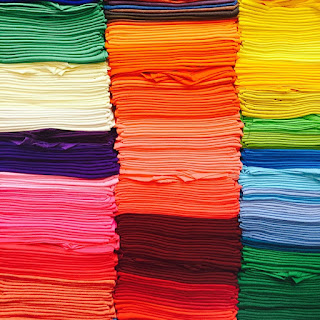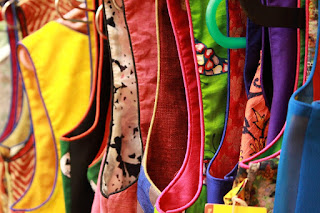The importance of color
Benefits of color analysis
Imagine
a day without color. No yellow sunrises, blue skies or pure white
snow – a world deprived of thousands of rainbow hues that we take
for granted. Colors dominate our senses and impact on our first
impressions of other people.
Colors
create moods; for example, blue is considered calming and
soothing,while red is aggressive and promotes wealth.
Choosing
colors that compliment your natural skin tone, eyes and hair shade
will improve your appearance by making you seem more attractive and
energetic.
Conversely,
wearing clothes of the wrong shades can age your face and make you
look drained and ‘washed out’.
Identifying
your personal palette will not only improve your general look but
will enable you to build a wardrobe that interacts together at all
levels and allows the maximum use of every garment and accessory.
First
impressions are vitally important. A sense of confidence and comfort
in what we are wearing sends positive signals to other people, while
feelings of unease will transmit negative moods. Subconsciously, we
are most happy with our appearance when wearing complimentary colors
– and it shows!
Early
last century, the Bauhaus artist Johannis Itten theorized that his
students produced better work when they were allowed to choose colors
themselves.
He
noticed there was a definite relationship between choice of color,
personal appearance and personality.
A
decade later, colors were classified as either warm or cool. It was
discovered color could be divided into four naturally harmonious
groups. In turn, a person’s skin tone fell into one of these
groups.
This
led to the concept of classifying colors into the four seasons:
- Spring
- Summer
- Autumn
-
Winter
Although
people were usually unaware of their ‘season’, they tended to
pick colors that matched that season and often had personalities that
resonated with their natural season.
Thanks for reading



No comments:
Post a Comment